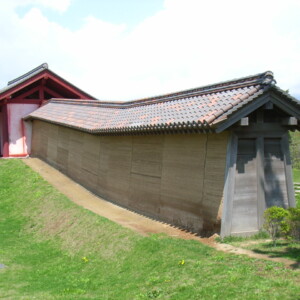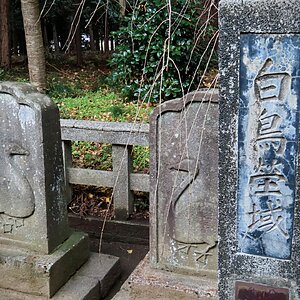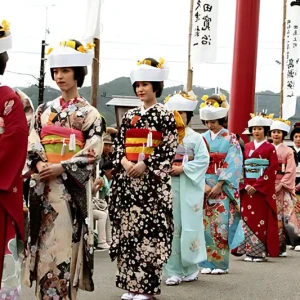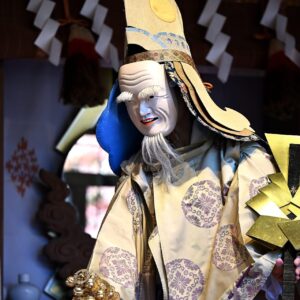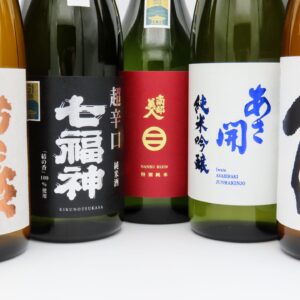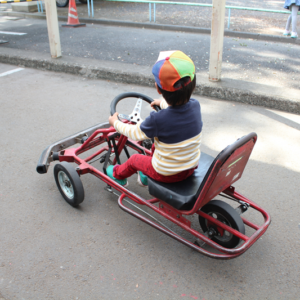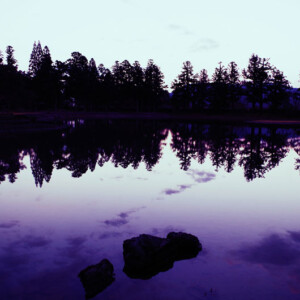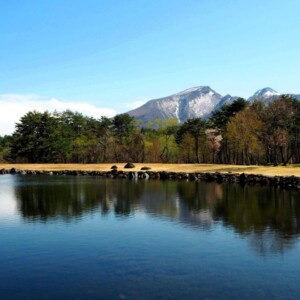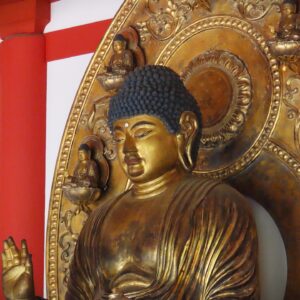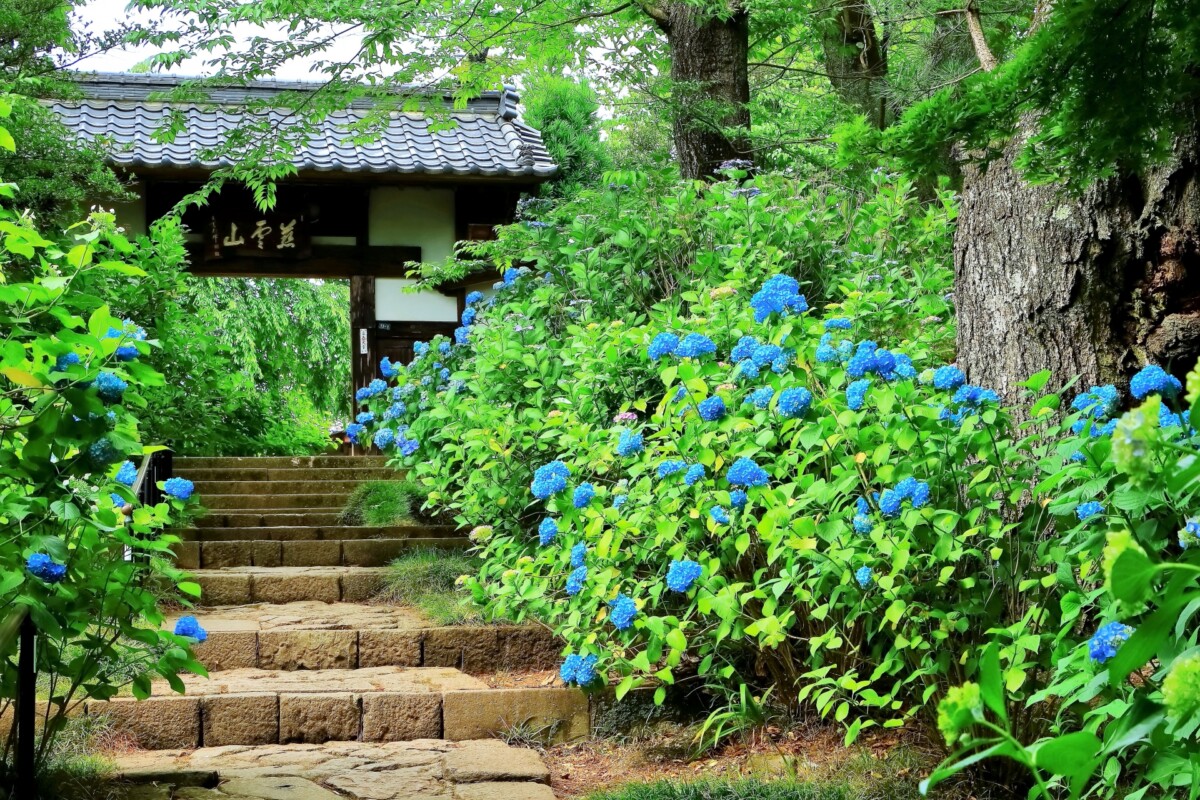
[Miyagi Prefecture] Vibrant spectacular scenery during the rainy season! 4 famous hydrangea spots
table of contents
When soaked in the rainy season, hydrangeas become even more vibrant, emitting colors reminiscent of a painter's palette. In this article, we will introduce four wonderful places in Miyagi to see hydrangeas
Shifukuji Temple
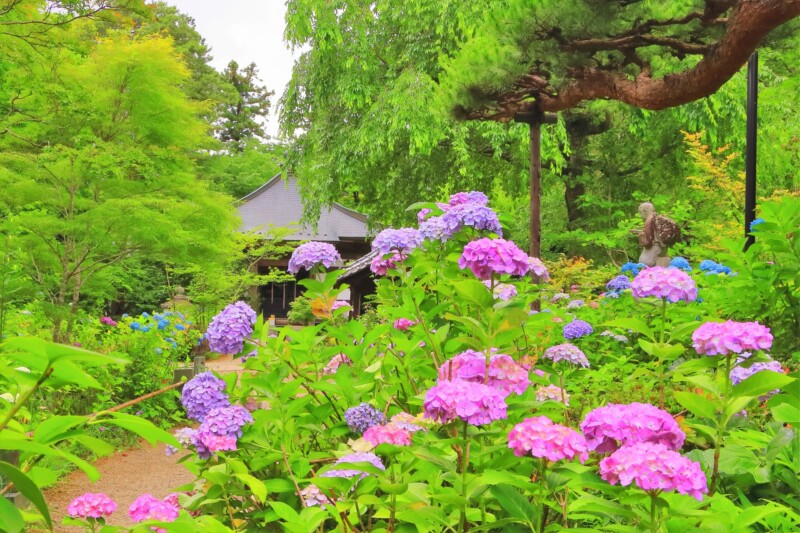
The founding of Shikokuji Temple dates back to the Kamakura period, when it was built near Yonezawa by Nagai Tokihide during the Koan era
As a center of learning, it is a famous temple that is sometimes listed as one of the ten temples in the Kanto region
After the Nagai clan was destroyed by the Date clan during the Nanboku-cho period, the temple came under the protection of the Date clan, and during the Sengoku period, Date Terumune is known for inviting Toraya Soto to be the abbot and entrusting him with the education of his son, Masamune
Following the relocation of the Date clan, the temple was moved to Iwadeyama in 1591, to Sendai Yachikoji (Higashi Rokubancho, Sendai City) in 1600, and to its current location in 1638
What are the Kitayama Five Mountains?
The Kitayama Five Mountains refer to five Buddhist temples located on the Kitayama Hills, which lie east to west north of the former Sendai Castle Town (present-day central Sendai) in Aoba Ward, Sendai City, Miyagi Prefecture
These temples were meant to protect the Sendai Castle from evil spirits, and also served as checkpoints on the Oshu Kaido and Neshiroishi Kaido roads, protecting the north of Sendai castle town
The Kitayama Five Mountains originated from five Rinzai sect temples that were founded in the Kamakura period in what is now Date County, Fukushima Prefecture, by Date Masayori, the fourth lord, who was a devout Buddhist. These temples were also known as the "Date Five Mountains," following the example of the "Kyoto Five Mountains" and "Kamakura Five Mountains."
Hydrangea at Shifukuji Temple
Approximately 1,200 colorful hydrangeas bloom here from mid-June to mid-July, making it a popular spot for tourists
Shifukuji Temple is open year-round and can be visited any time during daylight hours. Admission is free, and free parking is available
However, please note that there are no toilets inside the temple
Shifukuji <Information>
- Name: Shifukuji Temple
- Address: 1-13-1 Kitayama, Aoba-ku, Sendai City, Miyagi Prefecture, 981-0931
- Opening hours: No specific time, open anytime during daylight hours
- Admission fee: Free
Google Maps
Sendai City Wildflower Garden
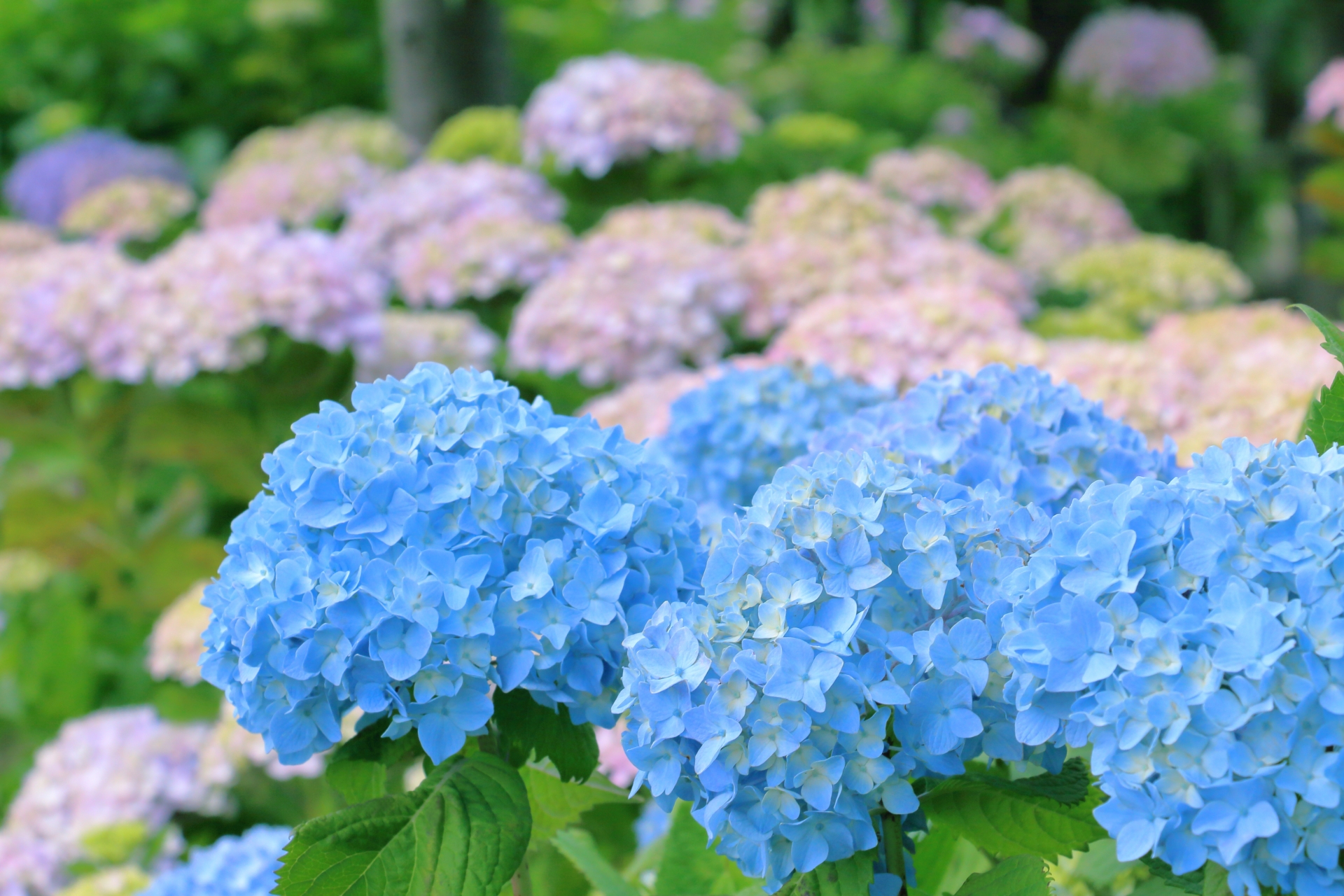
The Sendai City Wildflower Garden is a botanical garden that makes use of the varied terrain on the north side of Mt. Dainenjiyama. Various plants are planted in a state close to the wild, and you can enjoy flowers such as irises, hydrangeas, and bush clover in each season
There is an area called the "Hydrangea District" where 13 types of hydrangeas are planted, allowing you to enjoy a variety of hydrangeas for a long period of time, from the small hydrangeas in early summer to the hydrangeas that decorate the end of the season
Sendai City Wildflower Garden <Information>
- Name: Sendai City Wildflower Garden
- Address: 2-1-1 Mogasaki, Taihaku Ward, Sendai City, Miyagi Prefecture, 982-0843
- Opening hours: 9:00 to 16:45, open from March 20th to November 30th (Wildflower Hall is open every day except December 28th to January 4th)
- Admission fee: 240 yen for adults, 60 yen for elementary and junior high school students. For groups of 30 or more, 190 yen for adults, 40 yen for elementary and junior high school students. *Admission to the Wildflower Museum is free
- Official URL: Sendai City Wildflower Garden Official Website
Google Maps
Dainenjiyama Park "Hydrangea Road"

Just outside the wildflower garden, you'll find the Hydrangea Path in Dainenjiyama Park, a hidden gem of a hydrangea spot. The path is surrounded by a bamboo forest on one side and a cedar forest on the other, and the contrast with the blooming hydrangeas creates a unique and beautiful atmosphere
We highly recommend visiting the Wildflower Garden and the Hydrangea Road together
Dainenjiyama Park <Information>
- Name: Dainenjiyama Park
- Address: Mogasaki, Taihaku Ward, Sendai City, Miyagi Prefecture, 982-0843
- Opening hours: None
- Admission fee: Free
Google Maps
National Michinoku-Mori Lakeside Park
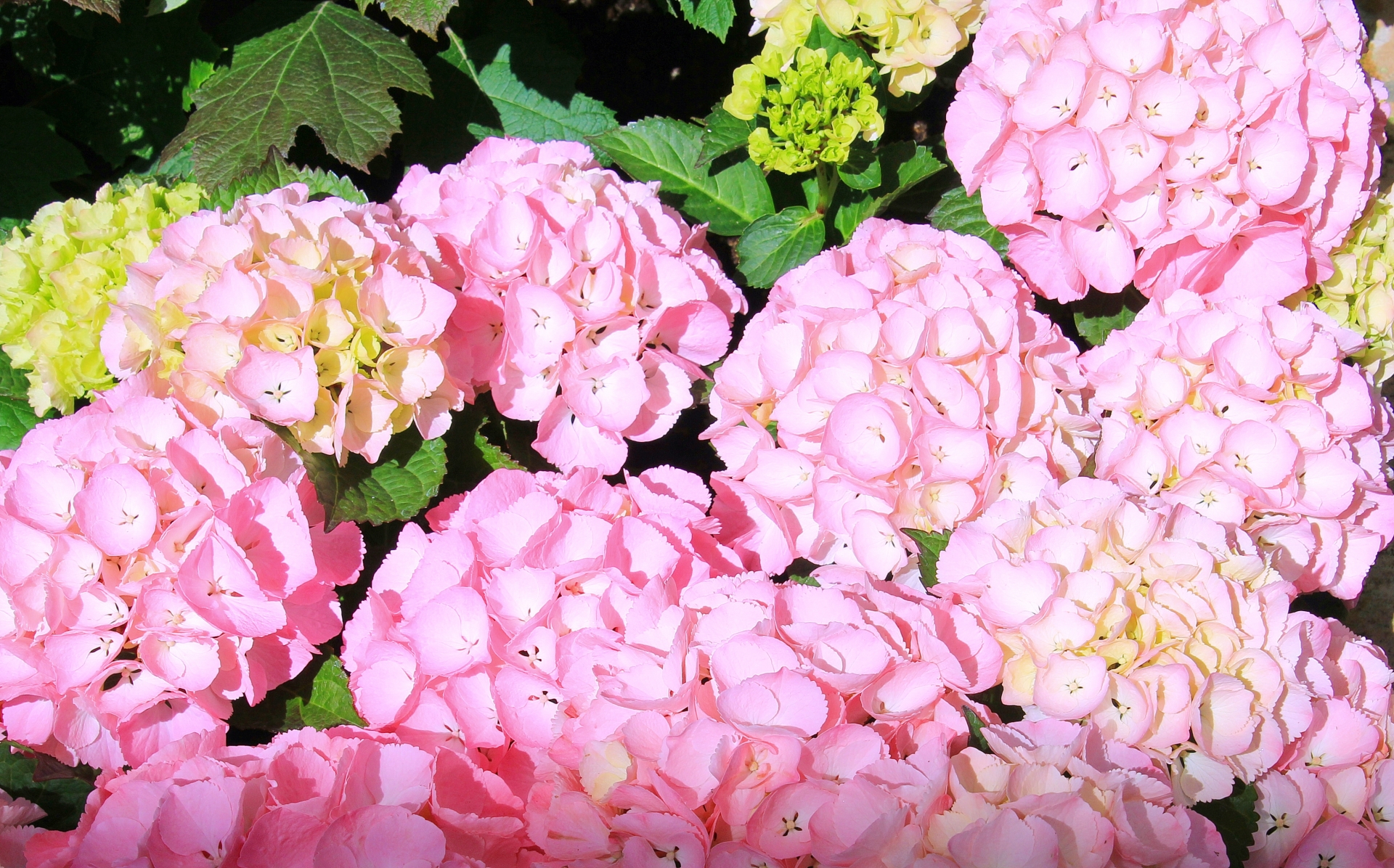
At Michinoku Lakeside Park, the Hydrangea Path adjacent to the Colorful Square is home to an astounding 2,200 hydrangeas of 16 varieties. Here, you can enjoy a wide variety of hydrangeas, including Annabelle, Maiko, Benigaku, Western Hydrangea, and Shichidanka
Additionally, approximately 1,800 hydrangeas are planted in the park's Flower Garden and Hometown Village. As the flowering periods vary depending on the variety, the best time to see them is until mid-July, allowing you to enjoy them for a long period of time
Michinoku Mori-no-Umi National Government Park <Information>
- Name: Michinoku Mori-no-Umi National Government Park
- Address: 53-9 Ononihonmatsu, Kawasaki-cho, Shibata-gun, Miyagi Prefecture, 989-1505
- Opening hours: 9:30-17:00
- Admission fee: Required (see official website)
- Official URL: https://michinoku-park.info/
Google Maps
A little fact about the colors of hydrangeas
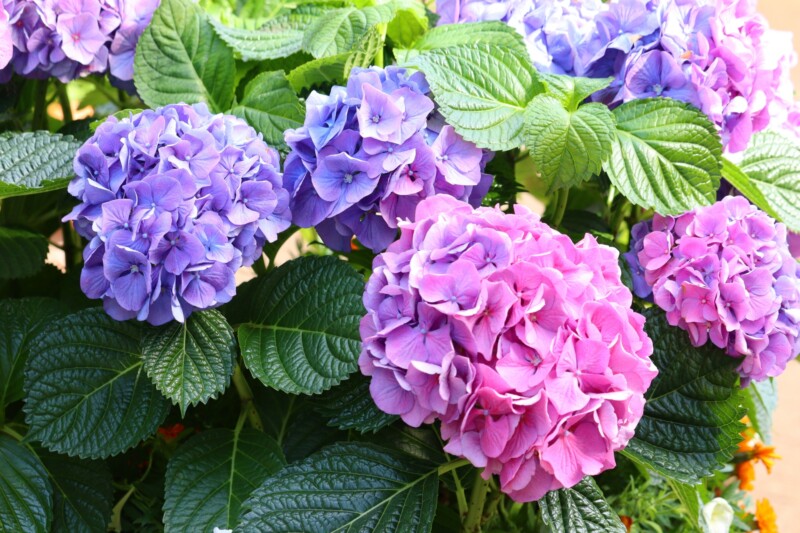
Hydrangea is a general term for plants of the genus Hydrangea in the family Saxifragaceae. There are approximately 70 to 75 species in the world, of which approximately 25 species grow wild in Japan, making it a representative flower of the rainy season
As the kanji for "hydrangea" suggests, the name hydrangea comes from the fact that it produces purple flowers, but depending on the species, it can bloom in a variety of colors, including white, pink, and blue
It is not widely known, but the difference in flower color is not due to the variety, but rather to the pH value of the soil
It turns blue in acidic soil, which absorbs aluminum easily, and pink in alkaline soil, which absorbs aluminum poorly


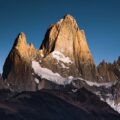
![Scary and slightly sad stories... "Michinoku Otogi Kaido" with many stories left behind [Shichigasyu-cho, Shiraishi City, Miyagi Prefecture] Fairytale images](https://jp.neft.asia/wp-content/uploads/2023/04/be73b392233d2fe609797e999f8ca547-1-150x150.jpg)
![Kurikoma foot Geopark learned from large-scale landslide disasters [Miyagi Prefecture] Autumn leaves of Mt. Kurikoma](https://jp.neft.asia/wp-content/uploads/2023/08/22090138_m-150x150.jpg)
![[Miyagi Prefecture] Terroage Tohoku trip | A moving experience in search of the best taste grapes-gd1f052bd2_1920](https://jp.neft.asia/wp-content/uploads/2022/01/grapes-gd1f052bd2_1920-150x150.jpg)
![The area around Furukawa Station in Osaki City, the core city of the prefecture, is a treasure trove of Senbero Bars! [Miyagi Prefecture] Osaki Senbero](https://jp.neft.asia/wp-content/uploads/2023/11/74c9b76939cf38d9efc5c09db141049a-150x150.jpg)
![Demon's Jigokudani Promenade! The geyser of the steam is truly a hellish sight! ? [Miyagi Prefecture] 5148713_m](https://jp.neft.asia/wp-content/uploads/2023/08/5148713_m-150x150.jpg)
![The timber rocks in Shiraishi Obara are natural phenomena, and are spectacular spots with columnar joints! [Miyagi Prefecture] FE8E1C5D-891F-4A2B-B0BB-BB4536BF6858_105_c](https://jp.neft.asia/wp-content/uploads/2023/07/FE8E1C5D-891F-4A2B-B0BB-BB4536BF6858_1_105_c-150x150.jpeg)
![What is the "Liar Festival" in Iizaka Town? With the hope that disaster will be turned into a lie [Fukushima Prefecture] 1182654_m](https://jp.neft.asia/wp-content/uploads/2021/12/1182654_m-150x150.jpg)
![Visiting Homare Sake Brewery | Enjoying an adult moment with Japanese gardens and sake [Fukushima Prefecture] 22981246_m](https://jp.neft.asia/wp-content/uploads/2021/12/22981246_m-150x150.jpg)
